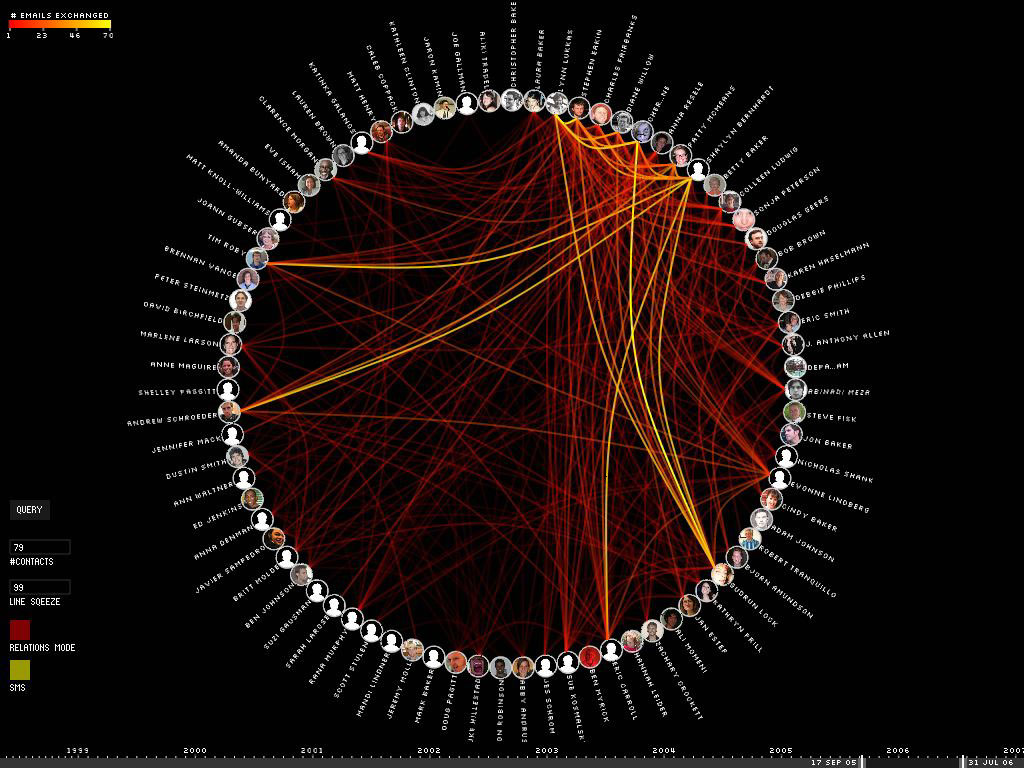Wind Tunnel Marketing
The Propulsion Wind Tunnel Facility - Photo by Phil Tarver
I wrote a post on BBH LABS which Campaign magazine (campaign live) asked me to expand on. This is one of two posts – on the subject. The second is a post entitled Raging Against the Machine: A Manifesto for Challenging Wind Tunnel Marketing,
Have you noticed that all the ads are looking the same?
Perfectly pleasant, mildly amusing, gently aspirational.
The insightful reflection of real life, the pivotal role of the product, the celebration of branded benefit.
Advertising seems so very reasonable now. Categories that were once adorned with sublime creativity are now characterised by joyless mundanity.
Some of you will recall the day in 1983 when we woke up and noticed that the cars all looked the same. There was a simple explanation. They’d all been through the same wind tunnel. We nodded assent at the evident improvement in fuel efficiency, but we could not escape a weary sigh of disappointment. Modern life is rubbish…
Are we not subjecting our communications to something equivalent: Wind Tunnel Marketing?
Have we not so formularised the process that we’re eradicating some of the elements that made advertising so effective in the first place? And has the Recession made us more dependent still on this Wind Tunnel Marketing?
The Origins of Wind Tunnel Marketing
I guess it all began with the best intentions: businesses taking Marketing more seriously.
Some years ago, with increasing globalisation, there was a drive to identify best demonstrated practice, to codify it and coach it. We developed acronyms, characterful shapes and ring-bound folders. We attended conferences, bunjee jumped together and went home with wittily sloganned T-shirts.
With the pressure at Board Room to demonstrate ROI, we became obsessed with proof and measurement, with norms and traffic light systems. What gets measured gets done and what gets green gets made.
Now of course the development of a common Marketing language and a culture of effectiveness has to be a good thing. But few noticed, as the industry professionalized, that the Cavaliers were being marginalised. A steady stream of mavericks made their way to the exit door, their hitherto precious gut instinct no longer deemed valuable.
Few noticed, as we learned to lean more heavily on our norms and pre-tests, that expertise and judgement were a devaluing currency.
And few noticed, at least at first, that the measures designed to raise the floor of communication output were at the same time lowering the ceiling.
The researchers had taken over the asylum.
When Relevance Trumped Difference
When I was young I was taught that behavioural change could be achieved through communication that was relevant, motivating and different. Somewhere along the way we’ve lost our faith in the power of difference.
There was an Age of Innocence. An era when brand owners were driven by an obsession for product and functionality. They had foresight, a passion for the positive impact a brand might have on consumers’ lives in the future. And they were steeled by the competition to believe that difference was critical to commercial success.
In the face of imitation and commoditisation, it became harder to sustain rational product differentiation. Increasingly we sought difference through communicating “emotional selling propositions”. And over time we learned to excuse the absence of difference if we could at least achieve some kind of emotional resonance with consumers. In our headlong pursuit of relevance, we commissioned endless focus groups and we worshiped at the altar of consumer insight. Gradually we have arrived at an industry consensus around what makes effective communication. But it is a very narrow definition, one that emphasises consumer insight and relevance, and one that minimises or excludes the once critical role of difference in the selling process.
Relevance has trumped difference. We now inhabit a world in which most brands in most categories approach most problems by asking the same people, the same questions, in the same way.
Is it any wonder that we keep coming up with the same answers?
Does Any of This Matter?
Perhaps it matters little that Wind Tunnel Marketing diminishes difference. So what if it makes for a less creative, less interesting industry? So what if the ads all look the same? Surely none of this matters if the Wind Tunnel produces more effective communication.
My own conviction is that Wind Tunnel Marketing is turning communication into a numbers game, a game where scale of resource wins every time – whether that be media budget, distribution network or sales team. The cost efficiencies of brand differentiation are notable largely by their absence. Surely in a fragile economic environment this represents an oversight. And in an environment where increasingly we need to earn rather than buy attention, it’s lunacy.
Of course, out of a crisis comes opportunity. And a number of Clients have already concluded that the rewards for bravery, subversion and calculated risk have never been greater.
Excepting these noble attempts to rage against the machine however, I’m concerned that at a macro level Wind Tunnel Marketing is gradually eroding the very foundations of consumers’ affection for communication and brands. The pop combo Groove Armada memorably remarked “If everybody looked the same, we’d get tired of looking at each other”. I suspect we’re creating consumer fatigue through our homogenisation of our own product. Conventionally, when we see long term declining scores for brand trust and advertising enjoyment, we blame Own Label or the internet or Sky or the banks or BP or Naomi Klein. But maybe we as a Marketing and Advertising community should look in the mirror.
First published BBH Labs: 19/09/2010
No. 5







